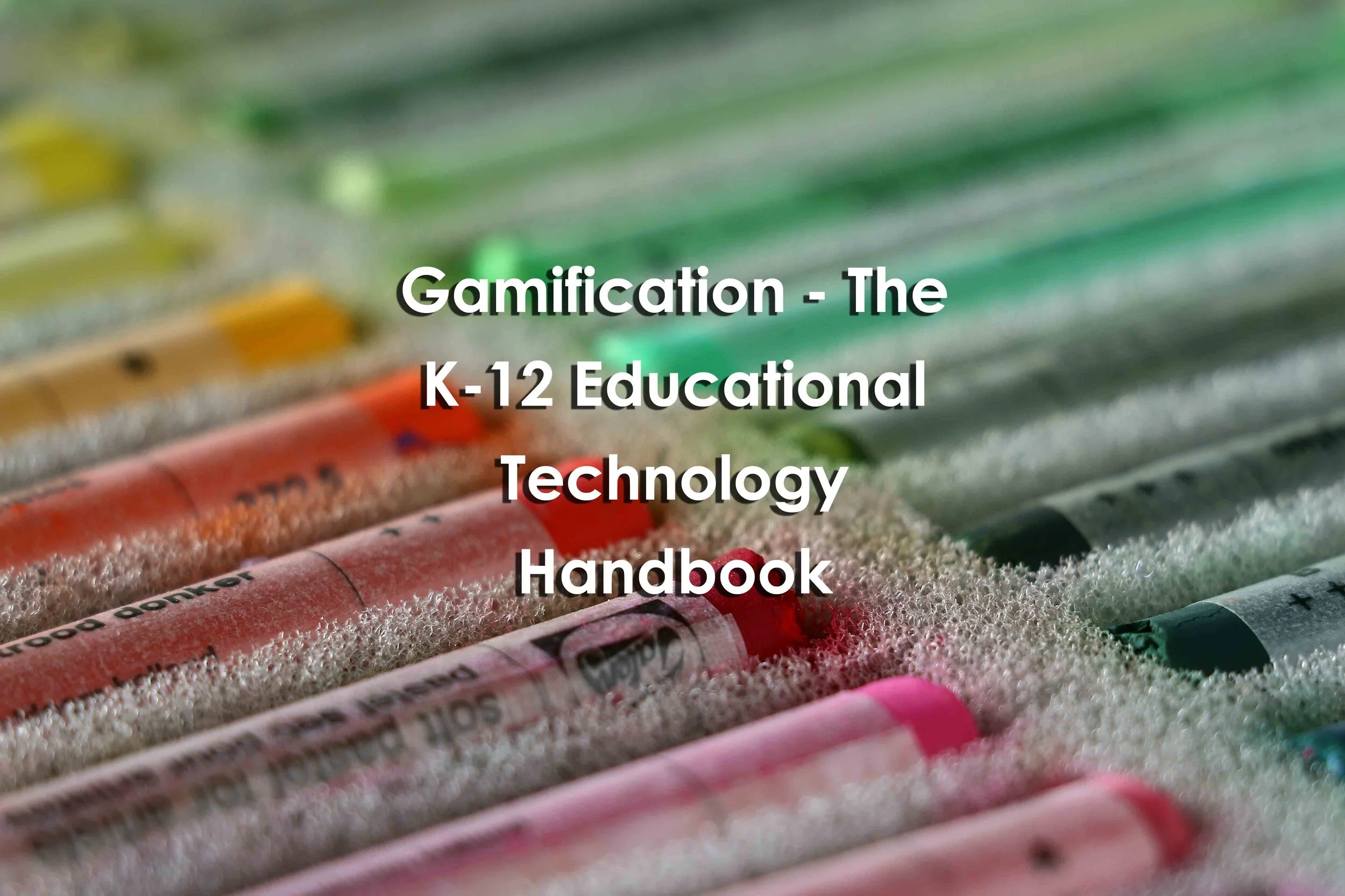Gamification - The K-12 Educational Technology Handbook
Gamification - The K-12 Educational Technology Handbook
Gamification - The K-12 Educational Technology Handbook
By David R. Hill & Stein Brunvand
Summary
A gamified pedagogical approach can help students develop their autonomy as learners and customize their educational experience in ways that are conducive to their academic success.
Incorporating an element of choice in assignments and the educational experience overall makes students feel they have more control over their learning.
This is a sketch that was drawn by an undergraduate student enrolled in a gamified, educational technology course for students in a teacher certification program.
Considerations for ImplementationImplementing a gamified approach to instruction has the potential to impact student learning in a positive way by providing a level of autonomy across assignment choice, easing performance anxiety on unfamiliar assignments through the use of additive grading, and providing embedded tools to assist students with self progress monitoring.
Assignment autonomy for students is one of the most appealing qualities of a gamified approach to instruction but autonomy may be limited due to the mandated learning goals and objectives that will need to be mastered by all students in order to earn promotion to the next grade.
More specifically, students with disabilities and students who are at risk of academic failure may encounter challenges with the amount of freedom and self-regulation required for many gamified environments.
The attraction of infusing technology across the instruction will be enticing as educators continue to compete with personal technology for their students' attention.
Reference
Hill, D. R., & Brunvand, S. (n.d.). Gamification. Retrieved January 06, 2021, from https://edtechbooks.org/k12handbook/gamification/simple


